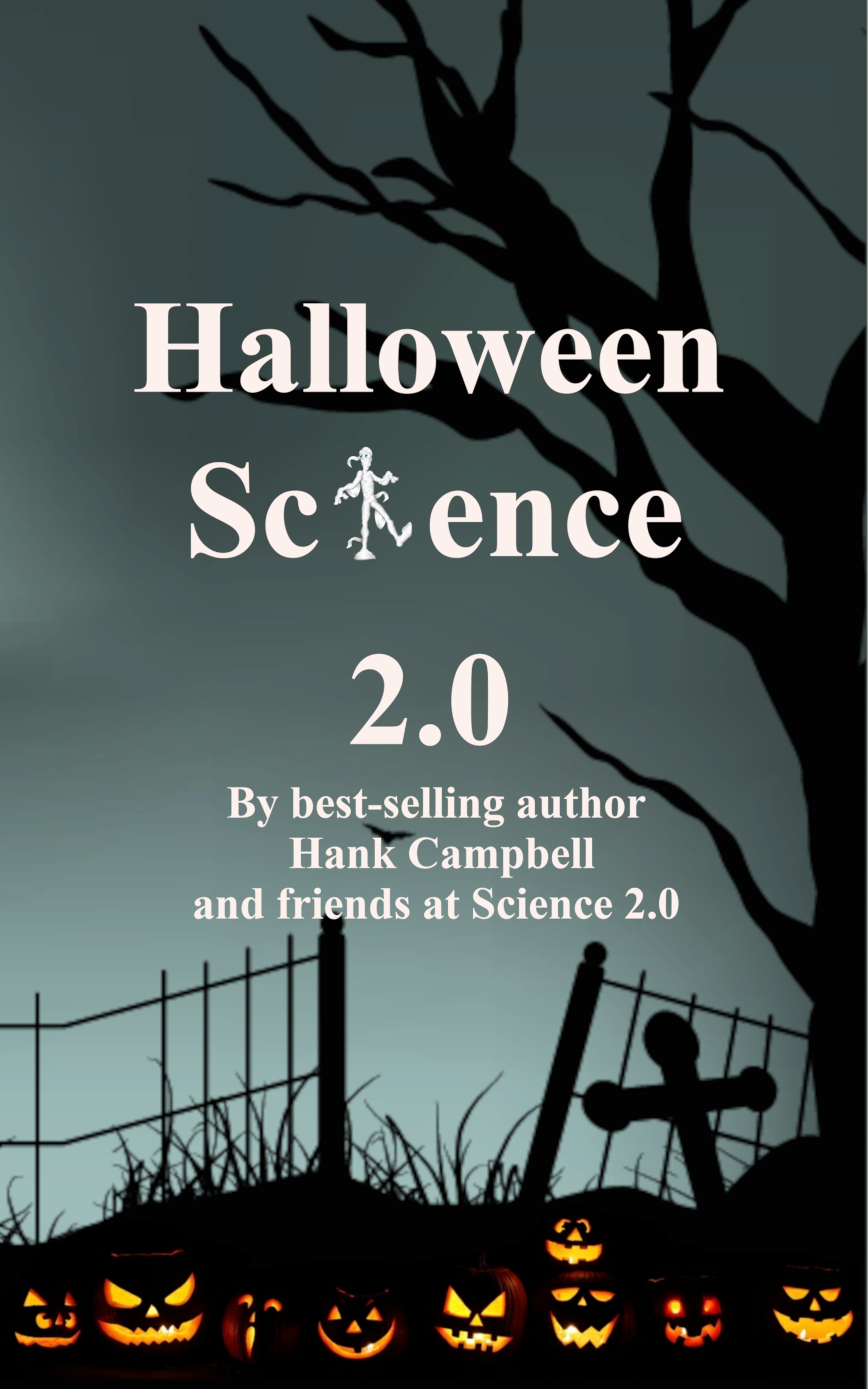The study was quickly criticized because of some of its inputs: the unavailability of some information on the Likelihood function used by DZERO in their experimental results was not a fault of the authors, but was enough to cast doubt on the results. Moreover, claiming evidence for new physics on the sole basis of a 3-sigma offset from the SM prediction appeared a bit too happy.
Soon after the publication of that paper, CDF and DZERO made a more rigorous combination of their data, arriving at a result which, while not in very good agreement with the SM prediction, was not too exciting either. Now, one year after those facts, the Tevatron experiments have updated their combination using their improved analyses, which use more collider data (2.8 inverse femtobarns of analyzed proton-antiproton collisions each). They obtain a result which disagrees with the Standard Model by 2.1 standard deviations. So, the new result does not confirm, nor kill, the suggestive effect seen one year ago.
Now, in order to explain the physics at the basis of the measurement in question, I would need to spend my whole afternoon on this article; this appears a rather silly thing to do, since I am currently on vacation in a very beautiful, secluded island south of Greece. All I can offer, given my poor knowledge of the details of B-meson physics, is the following summary.
CP violation -the non-conservation of a quantum symmetry of a physical system when combining the operations of charge-conjugation C with parity P- is enabled in the Standard Model by the presence of a complex phase in the Cabibbo-Kobayashi-Maskawa matrix (CKM), a 3x3 matrix describing the mixing of the three generations of quarks. Due to the particular value of the CKM parameters, the system of B_s mesons (neutral particles composed of a bottom and a anti-strange quark) is expected to display a tiny amount of CP violation if the Standard Model is valid. These bodies can only be studied in detail at the Tevatron collider these days, so it is clear that CDF and DZERO are investing a sizable effort in the investigation of their properties: they are really breaking new ground in this specialized sector of particle physics.
A significant amount of CP violation in the decay of B_s mesons would be a clear indication of new physics effects. Actually, one could turn the argument around, and say that it is difficult to conceive new physics beyond the SM which does not cause a deviation of the amount of CP violation observable in the system of B_s mesons. It is for this reason that theorists have explicitly invented "Minimal Flavor Violation" scenarios, which amount to new physics entering the fray in their tiptoes, leaving everything almost unmodified as far as the phenomenology of flavor violation is concerned. If you will, this sounds like yet another conspiracy theories, not different from the one of "split Supersymmetry", where one hypothesizes that Supersymmetric particles exist but some obscure mechanism casts them away from the region we can explore with today's technology.
Anyway, let me say in few words what CDF and DZERO measure. They identify B_s decays in a very striking final state,
From the observed kinematical properties and flavour information of the decayed B_s mesons, it is possible to derive a measurement of the difference in lifetime of the two mass eigenvalues of the B_s system, the parameter called
Both CDF and DZERO perform fits to their data extracting two-dimensional Likelihood contours in the plane of

On the horizontal axis you read off a difference between the Likelihood value at the maximum and the value in another point of the two-parameter plane; this difference would correspond to a smaller probability (a smaller vertical intercept with the red line) if a Gaussian approximation were used. Beware of non-Gaussian tails, thou seeker of new physics!
The final result is shown in the following figure. Here you can see 1-sigma (blue), 2-sigma (red), and 3-sigma (green) contours for the allowed range of the two studied parameters, once the likelihoods of the two experiments has been combined. The Standard Model prediction (

The computed discrepancy of measurement and SM value is, as I noted above, equal to 2.1 standard deviations, equivalent to a p-value of 3.4%. That means that a similar result should be found by chance once every thirty times, in universes where the SM's view of B_s physics is valid. On the other hand, most of the values of
So, is the new combination of Tevatron measurements of
In other words, this might be taken from the perspective of the "look elsewhere effect": if you search for an anomaly and you have N places to find it, you are quite likely to find one which has a probability of the order of 1/N of being a fluctuation. Am I a sceptical bastard? Of course! Does that mean you should not buy my arguments ? Judge by yourself.




Comments